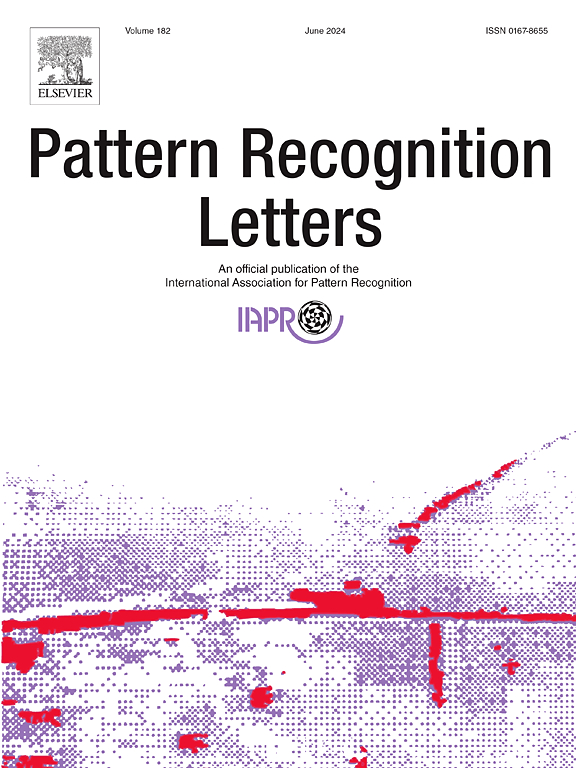DBCvT:用于医学图像分类的双分支卷积变换器
IF 3.9
3区 计算机科学
Q2 COMPUTER SCIENCE, ARTIFICIAL INTELLIGENCE
引用次数: 0
摘要
卷积神经网络(CNN)被广泛应用于医学疾病诊断,在大多数情况下都表现出卓越的性能。然而,基于深度学习的医学图像处理面临着一些挑战。医学图像数据的有限可用性和耗时的注释限制了模型训练的规模和准确性。数据的多样性和复杂性使这些挑战变得更加复杂。为了解决这些问题,我们引入了双分支卷积变换器(DBCvT),这是一种混合的 CNN-变换器特征提取器,可以更好地捕捉多样化的细粒度特征,并且仍然适用于小型数据集。在该模型中,使用了可分离降采样卷积(SDConv)来减轻标准卷积在降采样过程中的过度信息丢失。此外,我们还提出了双分支通道高效多头自我关注(DCESA)机制,以提高自我关注效率,从而提升网络性能和效率。此外,我们还引入了一种新颖的卷积信道增强注意机制,以加强自注意后特征图中的信道间关系。DBCvT 在各种医学图像数据集上的实验证明了所提模型出色的分类性能和泛化能力。本文章由计算机程序翻译,如有差异,请以英文原文为准。
DBCvT: Double Branch Convolutional Transformer for Medical Image Classification
Convolutional Neural Networks (CNNs) are extensively utilized in medical disease diagnosis, demonstrating the prominent performance in most cases. However, medical image processing based on deep learning faces some challenges. The limited availability and time-consuming annotations of medical image data restrict the scale and accuracy of model training. Data diversity and complexity further complicate these challenges. In order to address these issues, we introduce the Double Branch Convolutional Transformer (DBCvT), a hybrid CNN-Transformer feature extractor, which can better capture diverse fine-grained features and remain suitable for small datasets. In this model, separable downsampling convolution (SDConv) is used to mitigate excessive information loss during downsampling in standard convolutions. Additionally, we propose the Dual branch Channel Efficient multi-head Self-Attention (DCESA) mechanism to enhance the self-attention efficiency, consequently elevating network performance and effectiveness. Moreover, we introduce a novel convolutional channel-enhanced Attention mechanism to strengthen inter-channel relationships within feature maps post self-attention. The experiments of DBCvT on various medical image datasets have demonstrated the outstanding classification performance and generalization capability of the proposed model.
求助全文
通过发布文献求助,成功后即可免费获取论文全文。
去求助
来源期刊

Pattern Recognition Letters
工程技术-计算机:人工智能
CiteScore
12.40
自引率
5.90%
发文量
287
审稿时长
9.1 months
期刊介绍:
Pattern Recognition Letters aims at rapid publication of concise articles of a broad interest in pattern recognition.
Subject areas include all the current fields of interest represented by the Technical Committees of the International Association of Pattern Recognition, and other developing themes involving learning and recognition.
 求助内容:
求助内容: 应助结果提醒方式:
应助结果提醒方式:


